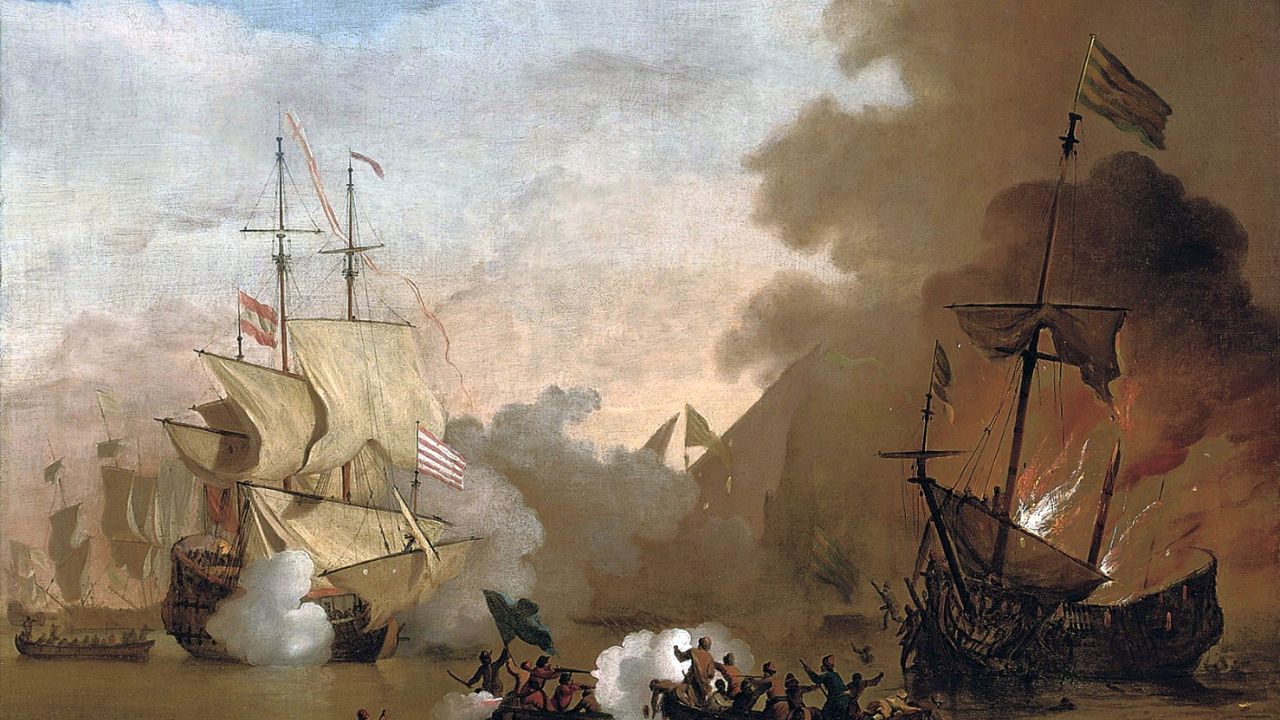When most people learn about slavery, the focus is often on the transatlantic slave trade and the millions of Africans taken to the Americas. But from the 1500s to the 1800s, pirates and slave traders from North Africa also captured and enslaved Europeans in large numbers. This chapter in history is rarely discussed today. While it hasn’t been fully erased, it has been overshadowed by larger and more devastating systems that shaped modern history in deeper ways.
1. Barbary Pirates Captured Europeans for Centuries
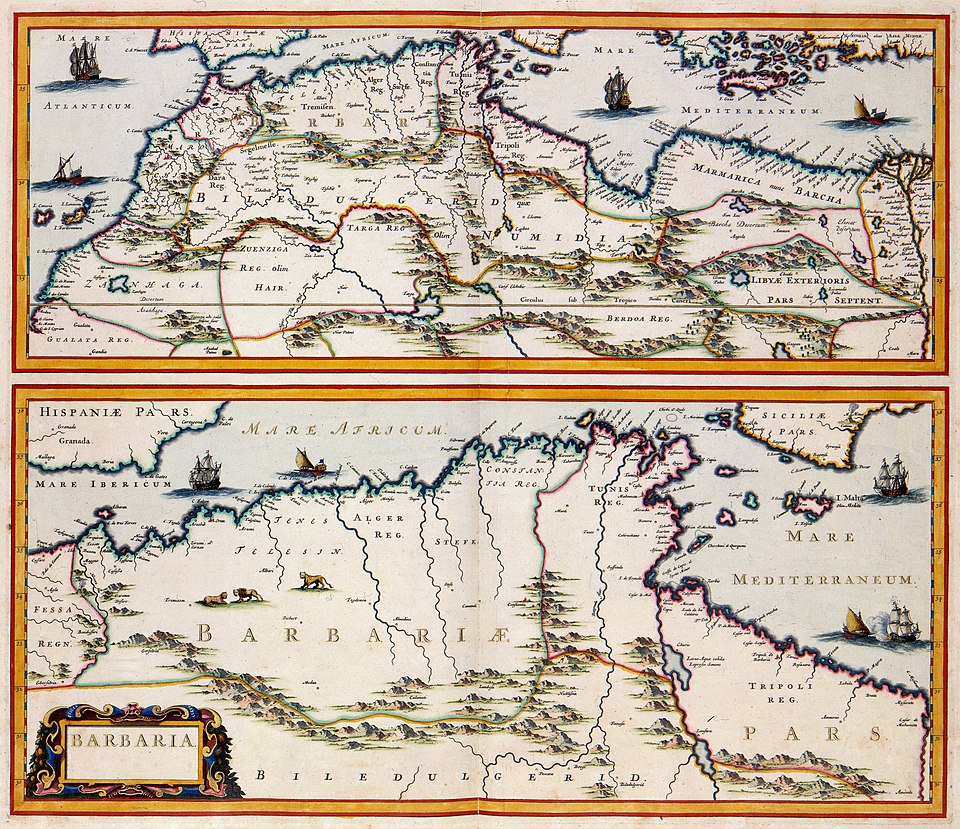
Between the 16th and 19th centuries, North African pirates raided European coasts to capture men, women, and children. These pirates were based in places like Algiers, Tunis, and Tripoli. Historians estimate that about 1 to 1.25 million Europeans were enslaved during this time. Towns along Italy, Spain, and even England were targeted. The victims were sold in markets, often forced into labor or used as servants in wealthy households or on ships.
2. Many Victims Were Poor and Forgotten
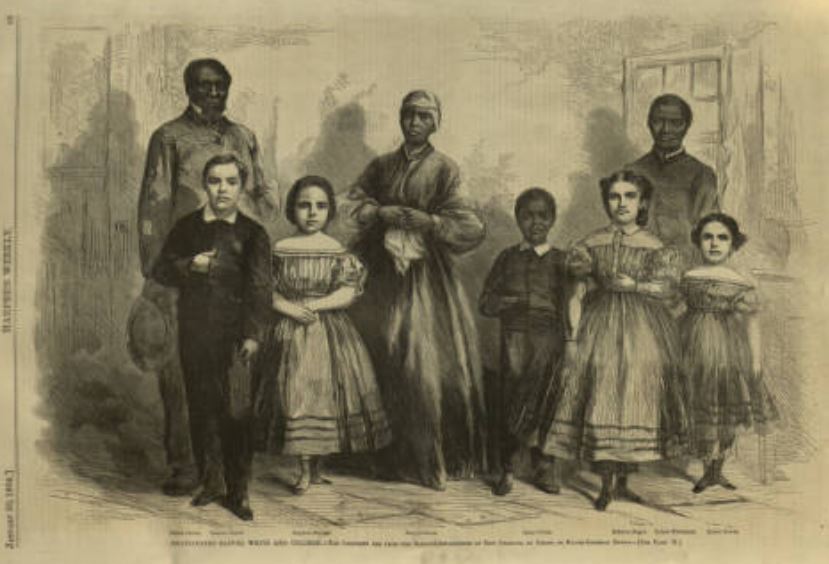
People captured by Barbary pirates were often fishermen, farmers, or small villagers. Most had no political power or rich families to pay for their return. Some were held for years or never freed. While some countries tried to help, there was little urgency. In many cases, local governments ignored the problem, and victims were left to survive harsh conditions in slavery. This silence made their suffering easier to forget as time passed.
3. The United States Fought to Stop It
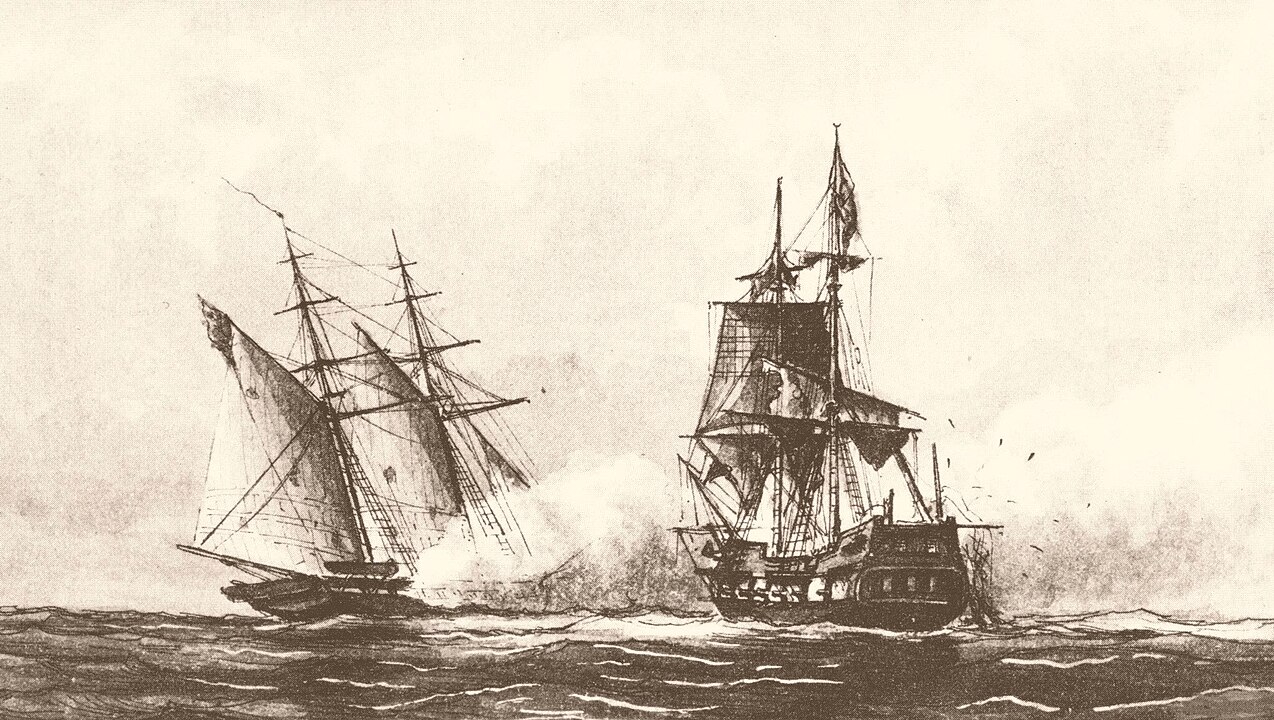
The Barbary slave trade even led to two wars involving the United States. In 1801, the U.S. Navy fought the First Barbary War after American ships were attacked. President Thomas Jefferson refused to keep paying bribes to North African rulers. The U.S. returned in 1815 for the Second Barbary War. These wars helped reduce the power of the slave ports, and by the 1830s, the Barbary states lost control. European navies also helped shut down the trade.
4. Why History Focuses on Other Slavery Systems
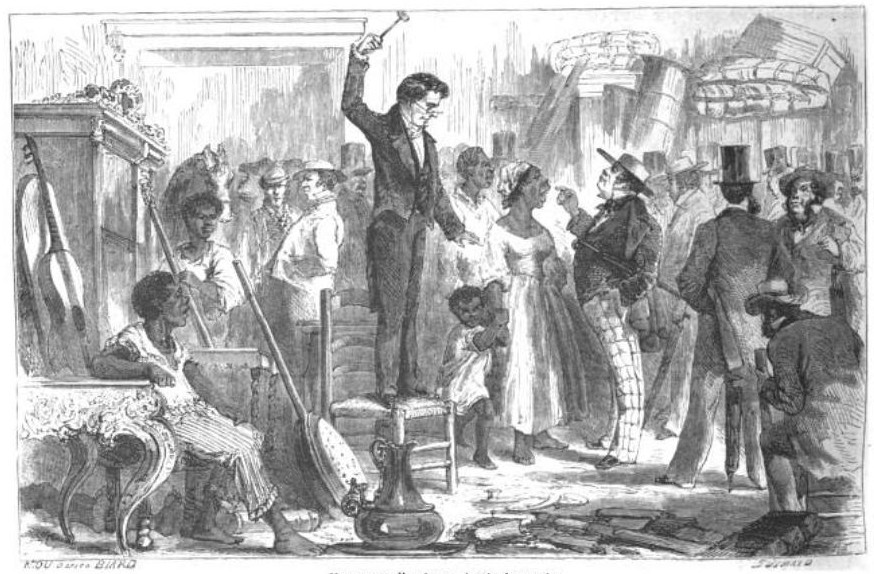
The transatlantic slave trade was far larger and had deeper global effects. Between the 1500s and 1800s, over 12 million Africans were taken across the Atlantic. Their forced labor shaped the economies of the Americas and built racial systems that still affect societies today. Compared to that scale, the number of Europeans enslaved in North Africa was smaller and more scattered. That difference explains why one system is studied more widely than the other.
5. It Was Not Erased, Just Overlooked
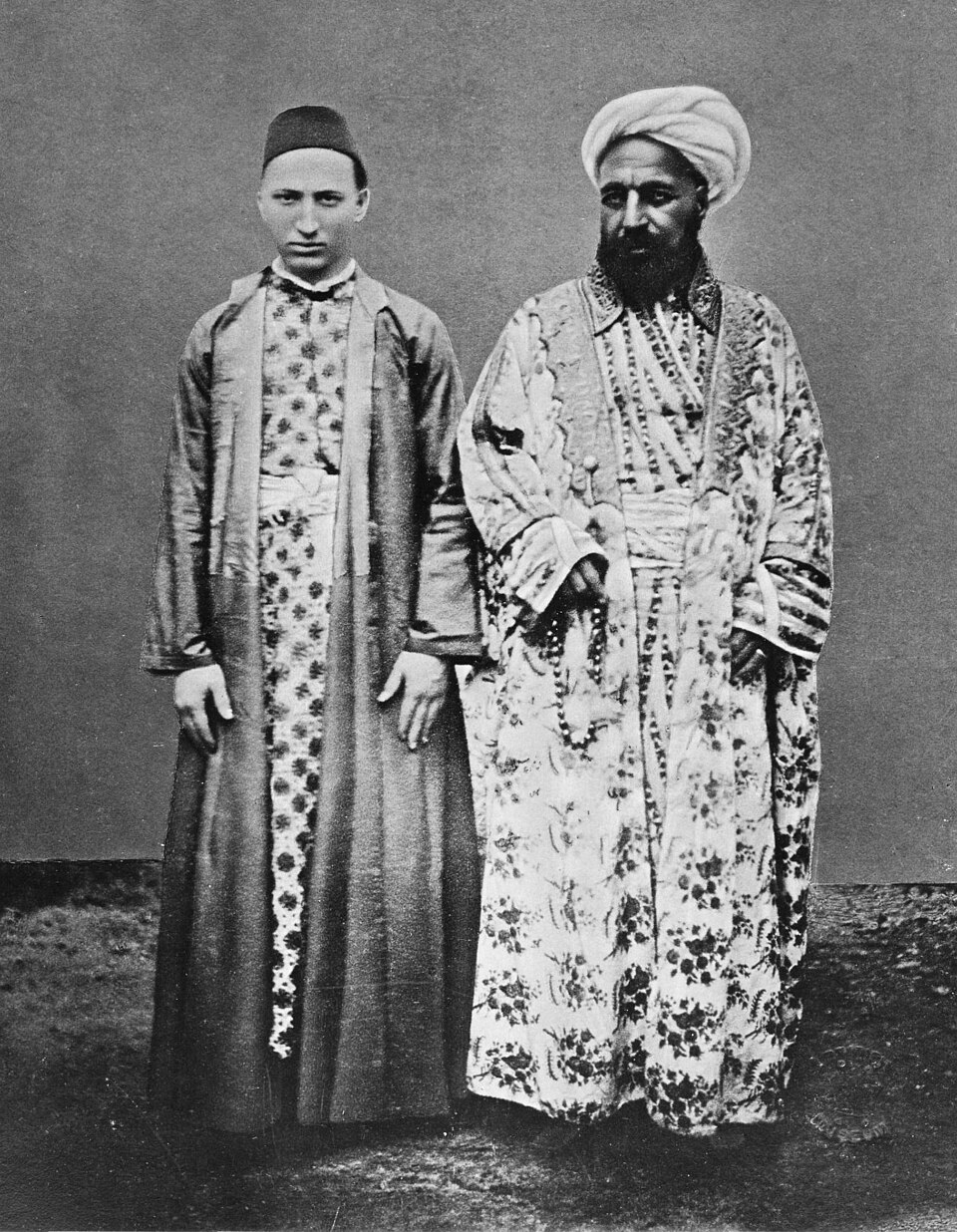
There is no strong evidence that the history of white slavery was hidden on purpose. Instead, it became less of a focus because historians turned more attention to slavery’s role in building colonies, creating racial injustice, and shaping modern nations. Stories about the Barbary slave trade still exist in books and archives. But since it didn’t shape large political systems in the same way, it receives far less attention in classrooms and media.
